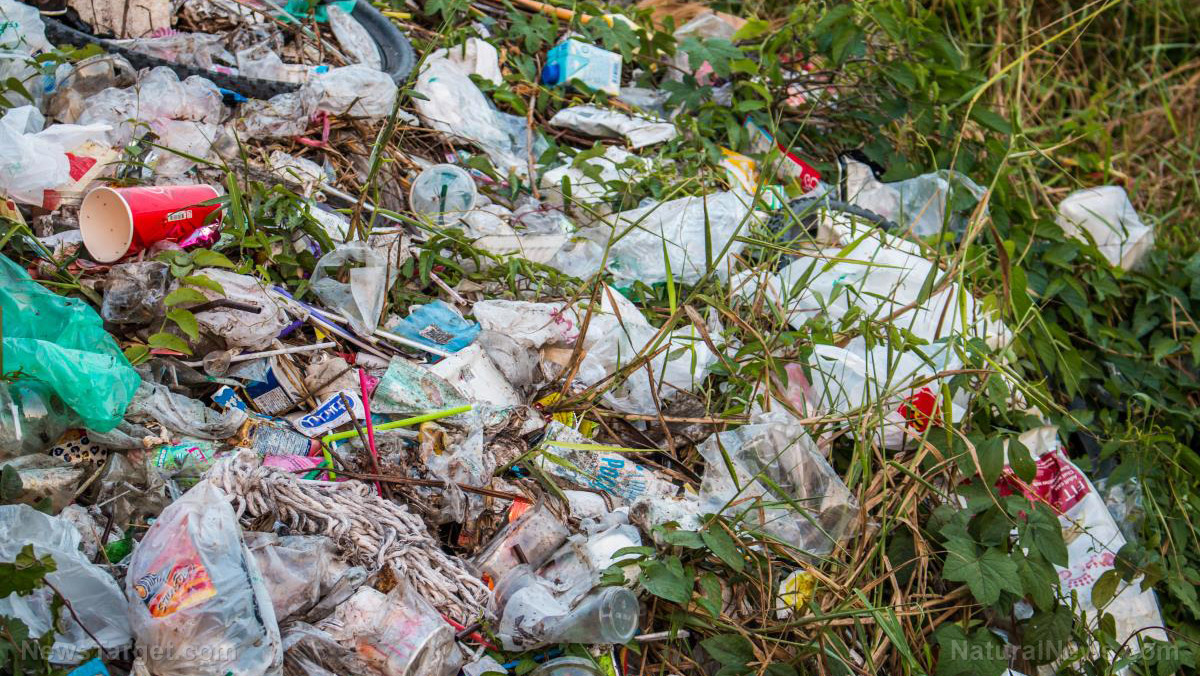
Speaking to Science Daily, co-author of the study, Jenna Jambeck, said, “most plastics don’t biodegrade in any meaningful sense, so the plastic waste humans have generated could be with us for hundreds or even thousands of years.”
Jambeck and her team found that of the total waste recorded, only nine percent was recycled, while 12 percent was incinerated and 79 percent was left to rot in landfills or in the environment. Should current trends continue, the authors believe that 12 billion metric tons of plastic waste would be left in landfills by 2050. Translated another way, this amount is 35,000 times as heavy as the Empire State Building.
“Our estimates underscore the need to think critically about the materials we use and our waste management practices,” Jambeck concluded.
The scientists also reported that of the varied synthetic products produced on a large scale since 1950, plastics remained the most popular. Global production of plastics jumped from two million metric tons in 1950 to more than 400 million tons in 2015. This exceeds the numbers for other materials such as resins, fibers, and other additives used by a variety of industries. The only notable materials to even compete with plastic were steel and cement which are used by the construction industry.
However, the team noted that steel and cement are more efficiently used than plastics. These materials are incorporated into buildings and different structures, which can last for years. Plastics, on the other hand, are used mostly for packaging. People typically only use them once and then throw them away. The way we are currently using plastics is not sustainable and is contributing to the ever-increasing concern of environmental damage.
This same team published a similar study in 2015, this time in Science. Jambeck and the other co-authors noted that eight million metric tons of plastic had been left in the oceans since 2010. This number, they warned, would only increase unless safety and management guidelines are made now. (Related: Microplastic pollution is the REAL threat to our oceans, warn scientists.)
The team did caution that their conclusions are not a call to absolutely eliminate the production of plastics in society. These materials do serve a function and are critical in some markets, especially those that are dependent on working with durable materials. Nonetheless, the researchers say that policies should be examined or made regarding plastic use and their end-of-life value.
“I think we need to take a careful look at our expansive use of plastics and ask when the use of these materials does or does not make sense,” said Kara Lavender Law, another co-author.
Plastics, like diamonds, are forever
This synthetic material is a double-edged sword. Industries use them because they are strong and have a long shelf-life. But these same qualities also make them dangerous to nature. Plastics do not decompose normally, and even when (or if) they do, they release toxic chemicals in the air or soil that damage organisms. Unfortunately, we have not helped this situation. According to The World Counts, the U.S. alone throws out enough plastic bottles in a week to encircle our planet five times.
There are ways to mitigate this though. Remember to recycle as much plastic materials as possible. Speak with your local recycling plant to know more about how you can help.
Sources include:
Please contact us for more information.























